|
Weeks ago I saw mention of an embroidery exhibition in Paris on Social Media. After finding out that there is a direct train between Munich and Paris, I decided to go. As the exhibition was soon to end, I did not have the luxury of being choosy when to go or for how long. I and my husband ended up going for 48 hours to a very, very hot Paris. Although I have experienced 40+ degrees before when staying in the deserts of Egypt and Lybia, I hope to never experience Paris in 43,2 degrees ever again! Luckily, the Louvre has cool air vents in most of its stone-paved floors. Guess who walked barefoot during her nine-hour visit? So, what was it all about? The Louvre housed a small, but spectacular goldwork embroidery exhibition in room 505. The pieces dated from the 15th to the 17th century and were made in modern-day Romania. And it turned out to contain some of the largest and most opulent goldwork embroideries I have ever seen! But let's start with the bulk of the embroideries. Romanian or better Wallachian and Moldavian embroidery of the late Middle Ages and early Modern Times is closely related with the Orthodox Church. On display were Orthodox vestments such as: epitrachelion (stole), epimanikia (cufs), epigonation (badge) and epithaphios (an embroidered icon bearing the dead body of Christ). When the Byzantine Empire ceased to exist in AD 1453, the Orthodox Church becomes the keeper of the Greek liturgical culture. The voivodes (princes) of Wallachia and Moldavia see themselves as the heirs and protectors of this heritage. They make donations to monasteries in their own realms, but also to those on Mount Athos in Greece. And some pieces even end up in Jerusalem. Embroidery of this kind was supervised and practised by noblewomen at the court in Byzantium and later at the courts of the voivodes. Both within the noble household as well as in specialised workshops. There is some historical evidence that talented professional embroidery workers were bought free from the Ottomans and they then relocated to Wallachia or Moldavia. However, some of the embroidery workers were serfs. Equally, noblewomen from the Balkans married into the royal families of Wallachia and Moldova. Taking with them and preserving Byzantine embroidery techniques and styles. Due to the conservative nature of Orthodox iconography, it is often impossible to tell where pieces were made or by whom. However, most pieces bear the initials or full names of the donors (abbots, princes, princesses and other nobility). Certain patterns were often even faithfully copied over centuries. Apart from the vestments, there were burial shrouds on display. These huge goldwork embroideries display the edifice of the deceased ruler, his wife or their offspring. The oldest one on display was made for Maria of Mangup before AD 1477 and measures a staggering 191 x 103 cm! Nearly 150 years later, these funerary portraits become even bigger and far more opulent. The goldwork embroidery on them is amazing. Although the exhibition was centred around the banner of Stephen the Great (died AD 1504), I found the piece rather underwhelming compared to the other pieces on display. It measures 124 x 94 cm and shows St. George sitting comfy on a throne resting his feet on a dragon. The figure of St. George is entirely formed of couched silver and gilt threads. Due to the use of conservation net on the whole piece (and indeed many other pieces on display) it was rather difficult to see the actual stitching. This was further complicated by the very low levels of lighting and the dirty glass on the display cases. For those of you interested in this type of embroidery, the Louvre sells an excellent catalogue. Each piece is beautifully photographed and there are even some detail pictures. The book further contains chapters on the political situation of the area during the late Middle Ages, on the historical context of the embroideries, on the banner of Stephen, on the vestments and on the funerary shrouds. As I can only read French with great difficulty, I translated the chapter on the historical context into English. And I am also working on the other chapters and the catalogue part. However, what the book lacks is a chapter on the 'how'. What embroidery techniques were used? What materials were used? It, unfortunately, does not go beyond metal threads and polychrome silk on a velvet background. Do 'how to' books on this type of goldwork embroidery exist? I would love to hear if you know of one! At least a little bit of the 'how' was captured in some of the pictures I took. Here you see a glimpse of the padding underneath the gold threads forming the halo. It really is quite different from the way we do things in western-style goldwork embroidery. I would love to learn more ...
14 Comments
Christine
19/8/2019 15:31:48
Really interesting, thank you for sharing and I too hope to see something published on these techniques eventually
Reply
19/8/2019 15:46:18
You are very welcome Christine! Maybe some of my readers know of such a book; fingers crossed :).
Reply
Nancy Anne White
19/8/2019 15:37:47
Magnificent pieces!
Reply
19/8/2019 18:55:51
You are very welcome, Gary! Oh, yes, I would have started by carefully removing the conservation net. Then I would have poked gently at those exposed areas to examine the padding. I would also love to unravel the gold threads. I suppose they are like a very fine passing thread, but I would love to confirm that. However, they would ban me from the Louvre and all other museums in the world if I would attempt any of this :).
Reply
Wonderful! Thanks for sharing.
Reply
19/8/2019 19:48:46
You are welcome, Meri! Yes, I am hoping that my Eastern European followers have some useful information regarding books. The catalogue for this exhibition is written from an art historian point of view. Whilst it is interesting, I would have loved a chapter on technique!
Reply
20/8/2019 15:28:34
You are very welcome, Catherine! Oh, I know; think of all the stuff published in languages not easily accessible to us ...
Reply
20/8/2019 21:18:57
Maybe we should place an advertisement for an Orthodox goldwork embroidery teacher in all major Eastern European newspapers?
Reply
24/8/2019 16:37:06
This Byzantine art is still being taught. The premier Russian Orthodox seminary in Zagorsk includes an embroidery track in its iconography school. Please take a look at https://www.hexaemeron.org/embroidery-course for links to Olga Fischuk's work and teaching of the basics. Her journal is the last link. Though it has not been updated in some time, it has many photographs of her work. Olga is based in Ukraine.
Reply
25/8/2019 10:55:22
Dear Marilyn,
Reply
Your comment will be posted after it is approved.
Leave a Reply. |
Want to keep up with my embroidery adventures? Sign up for my weekly Newsletter to get notified of new blogs, courses and workshops!
Liked my blog? Please consider making a donation or becoming a Patron so that I can keep up the good work and my blog ad-free!
Categories
All
Archives
July 2024
|
Contact: info(at)jessicagrimm.com
Copyright Dr Jessica M. Grimm - Mandlweg 3, 82488 Ettal, Deutschland - +49(0)8822 2782219 (Monday, Tuesday, Friday & Saturday 9.00-17.00 CET)
Impressum - Legal Notice - Datenschutzerklärung - Privacy Policy - Webshop ABG - Widerrufsrecht - Disclaimer
Copyright Dr Jessica M. Grimm - Mandlweg 3, 82488 Ettal, Deutschland - +49(0)8822 2782219 (Monday, Tuesday, Friday & Saturday 9.00-17.00 CET)
Impressum - Legal Notice - Datenschutzerklärung - Privacy Policy - Webshop ABG - Widerrufsrecht - Disclaimer

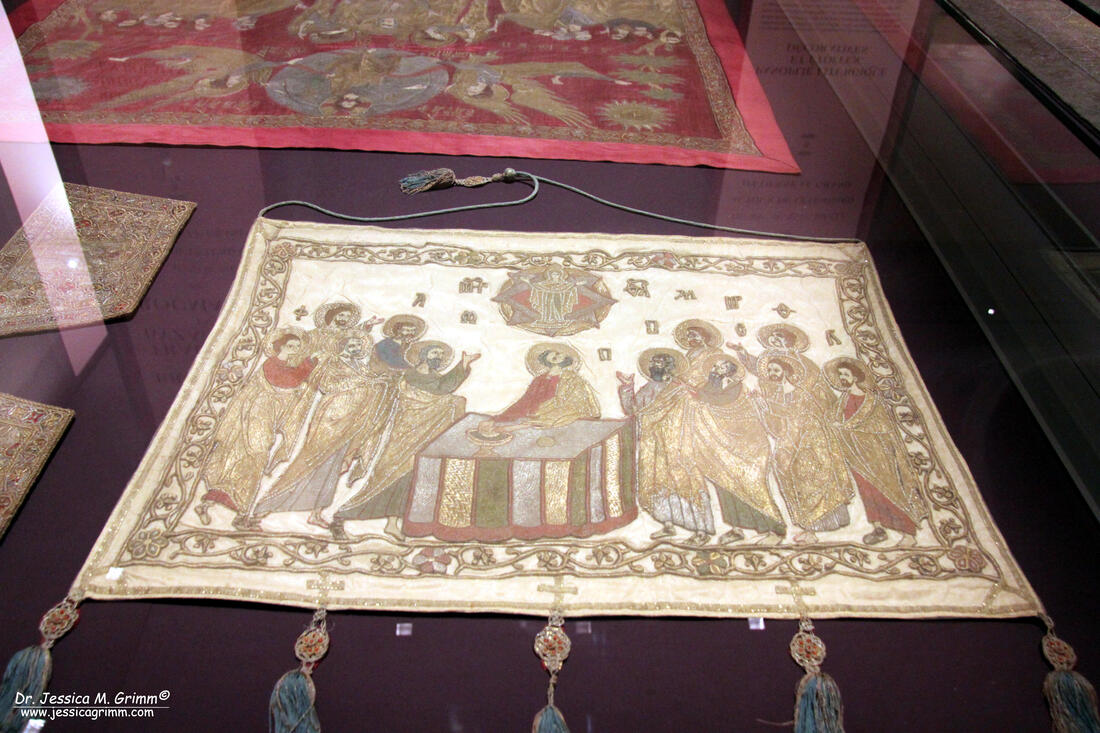
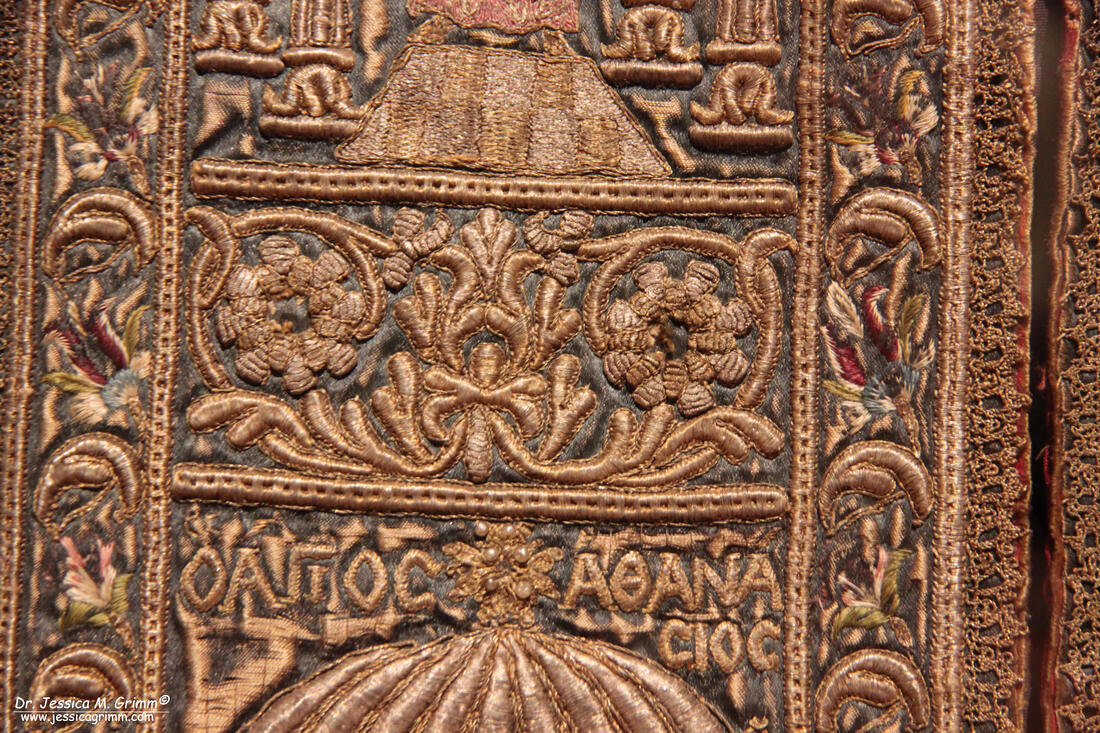
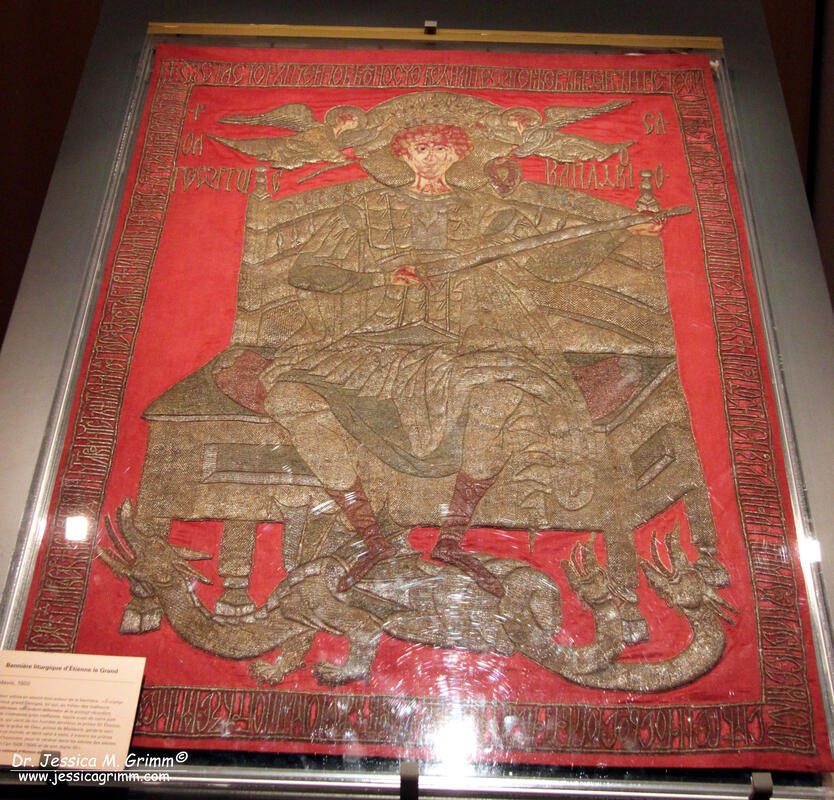
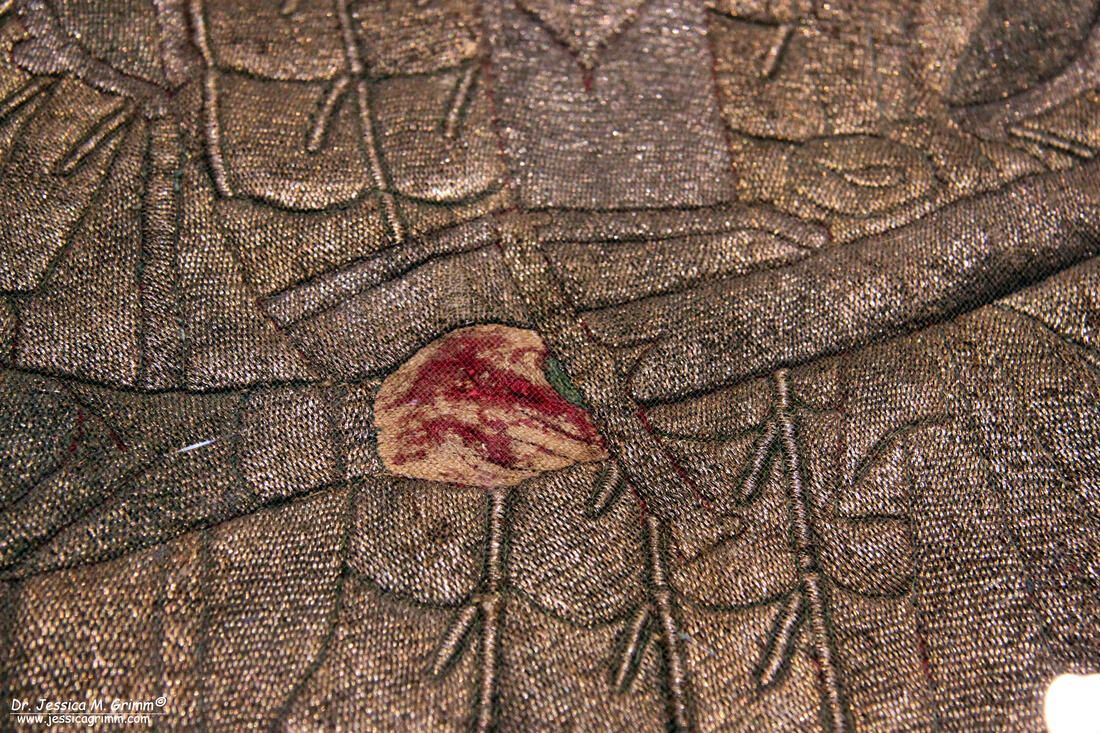
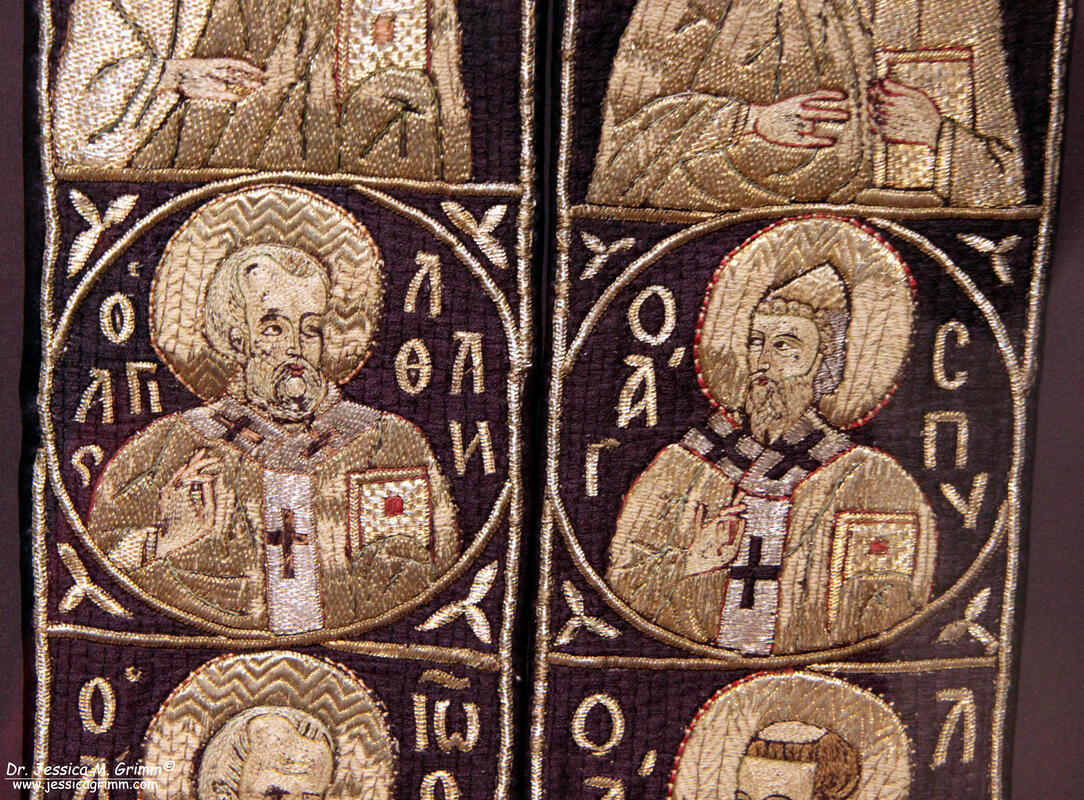





 RSS Feed
RSS Feed